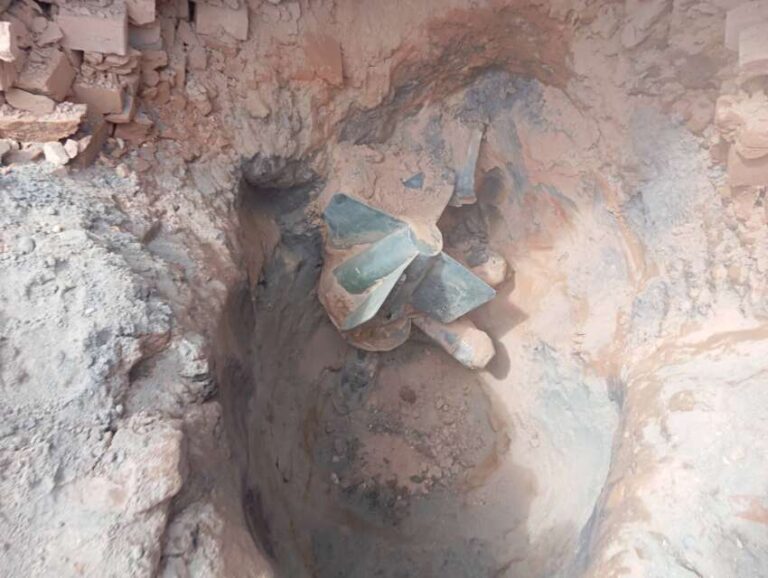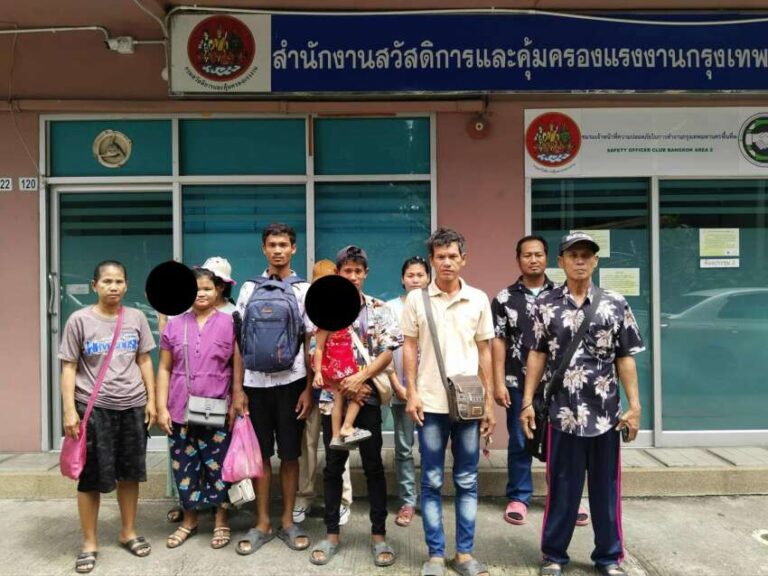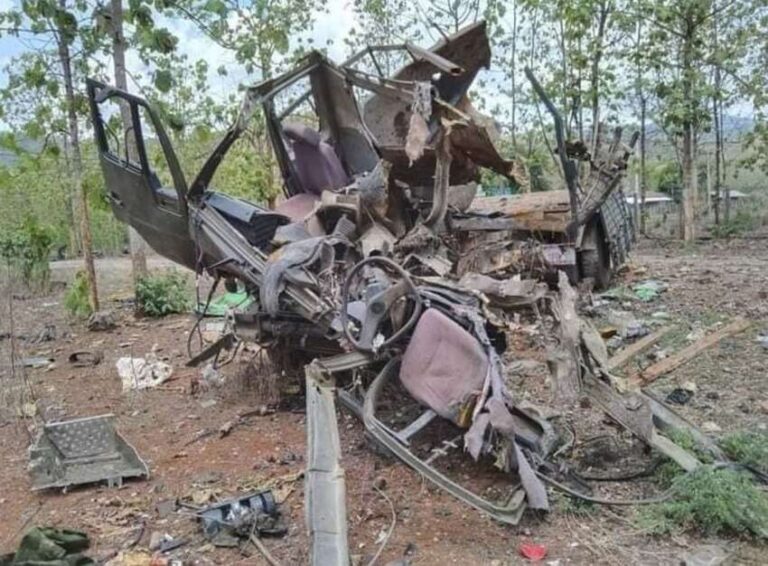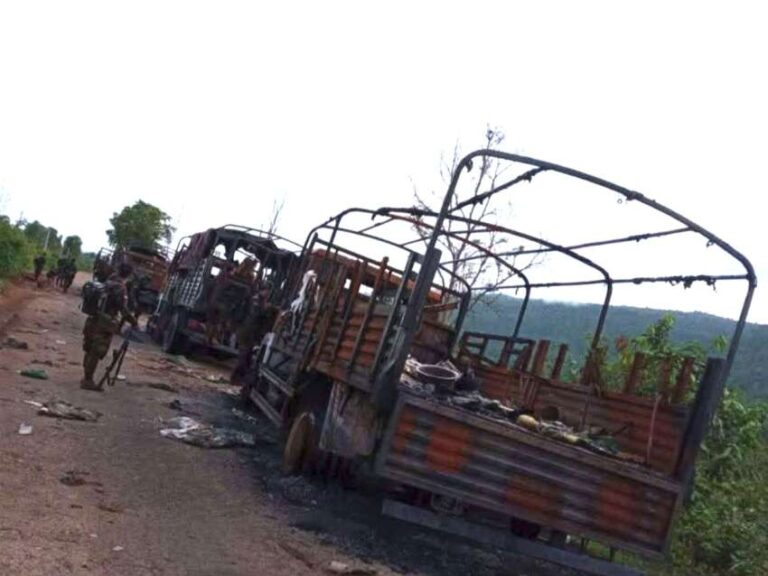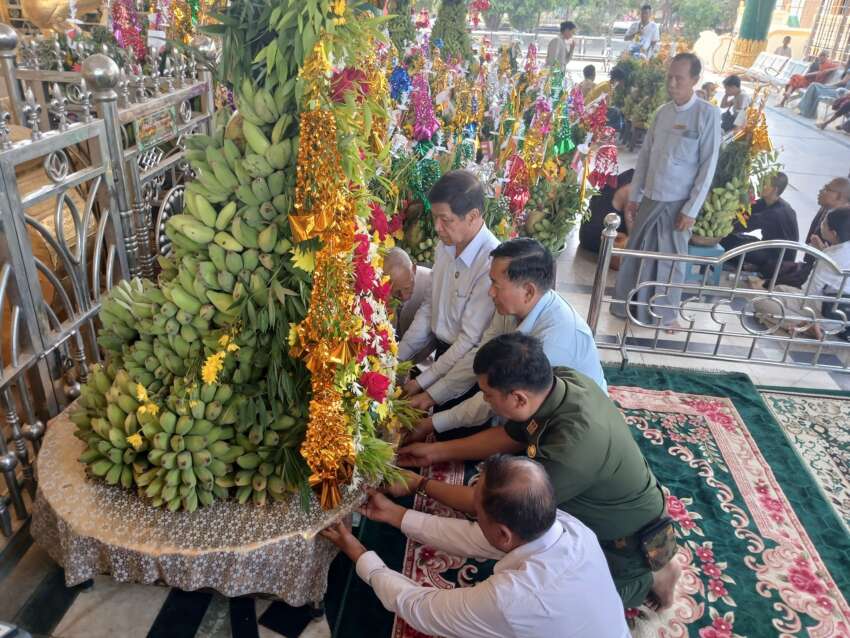
While civilians in central Myanmar are suffering from deaths and destruction caused by a severe earthquake, the military council’s Deputy Minister of Religious Affairs, Mandalay Region Chief Minister Myo Aung, and a group of military generals performed ritual ceremonies at the Maha Shwetheim Pagoda in Kyaukse, according to members of the township Sangha Council and local residents. This ceremonial activity was carried out under the direct orders of military council leader Min Aung Hlaing.
On April 4, the military council officials arrived at the Maha Shwetheim Pagoda and performed rituals including offering 108 banana plants and conducting ceremonial prayers. During these activities, public access to the pagoda was temporarily restricted, and when it reopened, devotees observed evidence of the ritual offerings. The Maha Shwetheim Pagoda is a historic religious site built by King Anawrahta and consecrated by the venerable Shin Arahan. The pagoda is famous as a ‘crisis-averting’ pagoda and has historical significance dating back to around Myanmar Year 1280 when the village of Thinteinkyi was struck by an epidemic. According to local beliefs, the plague was overcome after the pagoda was excavated and restored following guidance received in a dream.
However, the current situation remains dire following the March 28 earthquake that has claimed over 3,400 lives and affected millions of civilians who are now facing severe hardships. The disaster has left people without homes, electricity, drinking water, medical supplies, and has disrupted transportation infrastructure. The affected population continues to struggle with basic necessities while military officials focus on performing traditional rituals rather than providing effective disaster relief. The contrast between the military council’s response and the actual needs of earthquake victims highlights the ongoing challenges faced by Myanmar’s civilian population in the aftermath of this natural disaster.
